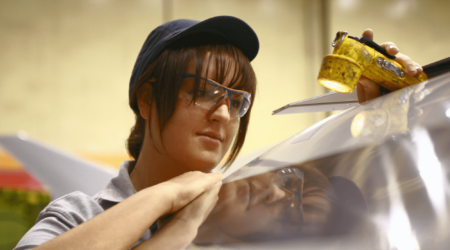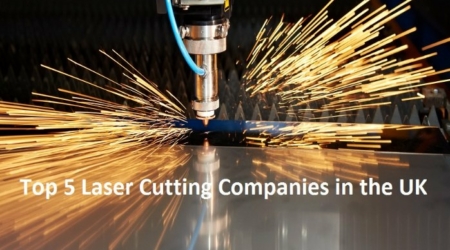It has been said that motorsports began as soon as the second car was built, and British manufacturers and racing teams certainly did not wait around after the advent of the horseless motor-carriage to begin their pursuit of speed. With the pre-war supercharged beasts such as the ‘Blower’ Bentley that flew around the historic Brooklands banked circuit, aero-engined land-speed monsters that chased records on the beaches of West Wales and a whole host of gentleman racer teams taking on the rest of Europe in the early days of Formula 1, the nation cemented itself as a haven for technical innovation and motorsport pedigree.
Nowadays, the UK is home to the largest number of Formula 1 racing teams in the world and interestingly enough they are all densely concentrated in the Midlands (Woking-based McLaren are firmly in the South of England, but they are the lone outlier here), in what has become known as ‘Motorsport Valley’. The Midlands can boast a celebrated history of road-car production, with brands such as Jaguar, Land Rover, Aston Martin Lagonda and Bentley all having their roots in the region and, despite being owned by international conglomerates, are still predominantly produced domestically. But many of the Formula 1 teams and constructors that have made their home in Motorsport Valley have not sprung up organically from the soil of the Midlands – Mercedes-AMG for example, hailing from a country with an equally rich racing history – so what has drawn so many of them here? What makes the region unique?
After the end of the second World War, the entire country was now home to huge airstrips and facilities that lay disused. The Spitfires, Hunters and Lancasters that had once filled the air with the thunderous roar of Rolls-Royce aero engines had been grounded, and the engineers that had designed, built and maintained the aircraft found themselves free to pursue speed and excitement in the new-found peace of the late 1940s and 50s. War and motorsports are, of course, hugely divergent in the reality but they shared one characteristic – in order to get ahead of your opponent, technical innovation is key. With many talented engineers designing and producing racing cars and with a plethora of disused airstrips and winding country roads to test both speed and handling, the UK once more became a key player in European and, later, global motorsports.
Formula 1, in particular, became an area where the UK truly began to shine. With fierce rivalry in the 1950s and 60s from Mercedes and Ferrari, many British racing teams were forced to adapt and innovate to get ahead. Being home to Silverstone circuit, the Midlands soon became the place to be for racing teams looking to drive their new cars in anger on the track, and when British engine-manufacturer Cosworth became the gold standard for F1 power-plants in the 1960s and 70s, this resulted in growing numbers of talented engineers, designers and mechanics being drawn to the region.
Being the highest tier of global motorsports, F1 has always championed new technologies and pushed them to their limits in the pursuit of ultimate performance and laser-cutting has been one of these technologies forged in the unforgiving fire of the sport. Allowing teams to mock up prototype parts in dramatically less time and far more cheaply than traditional methods, it became a staple part of F1 manufacturing and has now become equally important in the mass-manufacture of road cars. The wealth of manufacturing talent in the region and the close-knit networks that have become established as a result have played a part in drawing in foreign teams such as Mercedes, Force India and Red Bull.
Much like aerospace, the benefits and lessons learned by F1 engineers don’t just help themselves to win races – they trickle down into every-day technology. McLaren managed to rejuvenate carbon-fibre when they first produced a superior chassis with the material in 1981 and helped to give the material renewed popularity amongst racing teams and now road-car manufacturers. ECUs (the electronic brain of an engine that helps it running smoothly and smartly) were another major innovation in Formula 1 that have become common-place in every day life and now, teams based in the Midlands are honing their hybrid vehicles with new designs and innovations that will one day become part of the cars we drive to work.
Whilst originally, it may have been coincidental that so many racing teams happened to spring up in the same area, the level of development in STEM in the area – whether in academia, R&D or manufacture – has resulted in the Motorsports Valley that we see today. This is no relic of the past either. Innovation, as ever, is still the name of the game for the F1 teams based in the area and their revenue and global reputation ensures that the Midlands will remain a hotspot for STEM talent and innovation in the UK for years to come.









